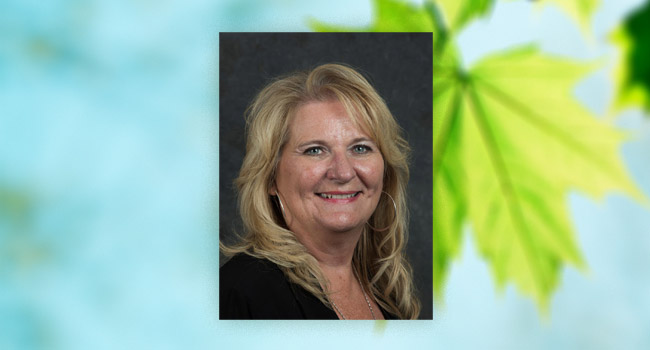FNTC Commissioner Leslie Brochu is the vice-president of marketing at Sun Rivers in a residential development in Tk’emlups te Secwepemc lands, near Kamloops, BC. Commissioner Brochu represents residential taxpayer interests in her role as Commissioner for the FNTC and has an extensive background in housing, land development and leasehold lending primarily on First Nation lands, as well as participating in taxpayer associations and developing relationships between First Nations and their taxpayers.
Clearing the Path recently had the opportunity to sit down with Commissioner Brochu to talk about her experience and involvement with the FNTC.
Sun Rivers is often touted as a successful model of residential development on First Nation lands. Can you explain why?
I think the success really stems back to the time spent in planning and the comprehensive nature of the agreements. One really fundamental piece is that the First Nation and Sun Rivers worked together for several years to develop those agreements. Consultants for Sun Rivers and the First Nation worked in tandem toward a common goal.
Another big part of the success has been the fact that while we don’t have a taxpayer relations law, we have something very similar embedded in the master development and servicing agreement. The lease agreement itself sets out how taxes will be structured. It’s clear, it’s contractual, and it’s public information that every person that buys is privy to. Then at the same time, we have a contracted relationship that outlines when we meet, how we meet, who meets and what’s discussed at the meetings, which happen twice a year between the developer and the First Nation. Then the First Nation meets with the taxpayers at least annually to consult on rates and answer questions.
The relationship works because there is consultation at many levels throughout the year and the agreements are public and shared with purchasers. The First Nation is very good about communicating with taxpayers in terms of what the rates are going to be, how rates are structured and how they spend the money. The expenditure laws are published on the First Nations Gazette so anyone can see how the budgets are being used and managed and that gives taxpayers a lot of comfort.
How is the First Nations Gazette useful for taxpayers?
The First Nations Gazette is an online service that has all of a First Nation’s laws published in very short order after they are approved. If taxpayers ever have any questions about the tax laws of a First Nation, they can visit the FNG website and see similar laws that guide municipalities in terms of how they structure their tax regime. That provides a lot of security and comfort to taxpayers that are thinking about investing on First Nation land. It’s an excellent resource for taxpayers.
What are the main elements of a strong relationship between taxpayers and First Nations? The biggest one is that there is clarity around the relationship – what is the purpose of tax, what are the obligations of tax and how is the tax used? There needs to be transparency and accountability, as well as a plan for communication and how taxpayers are consulted. I really believe if the structure is set up and there is transparency, as well as regularity around communications and consultation, that it sets the stage for a very successful relationship. What are some of the biggest concerns residential taxpayers on First Nation land have? I think the biggest concern is the perception that they may not be treated fairly because they don’t have the right to vote. They want to ensure they have the opportunity to be heard and consulted with on matters that affect them. Taxpayers also want to know there’s adequate protection within legislation around how tax rates are structured. Tk’emlups te Sepwepemc taxes under the FMA, how does that legislation support taxpayer interests? The FMA is designed to serve both First Nations and their taxpayers. The legislation is clear and thorough and provides structure around how taxes are set. There are also regulations around how the relationship between taxpayers and the First Nation will be conducted. Further, laws developed under the FMA set up the consultation and communication structure. How are disputes between taxpayers and First Nations best resolved? The best way is through consultation and discussion and trying to arrive at a mutually-beneficial resolution. First, the parties should be able to talk about issues. If we’ve done a good job from the start in terms of setting out the structure and communicating it, and we’re open and transparent and people understand it, most disputes should be able to be resolved by the parties. When that can’t happen, the next option would be some kind of mediated resolution. The last resort would be arbitration and then going to court.

